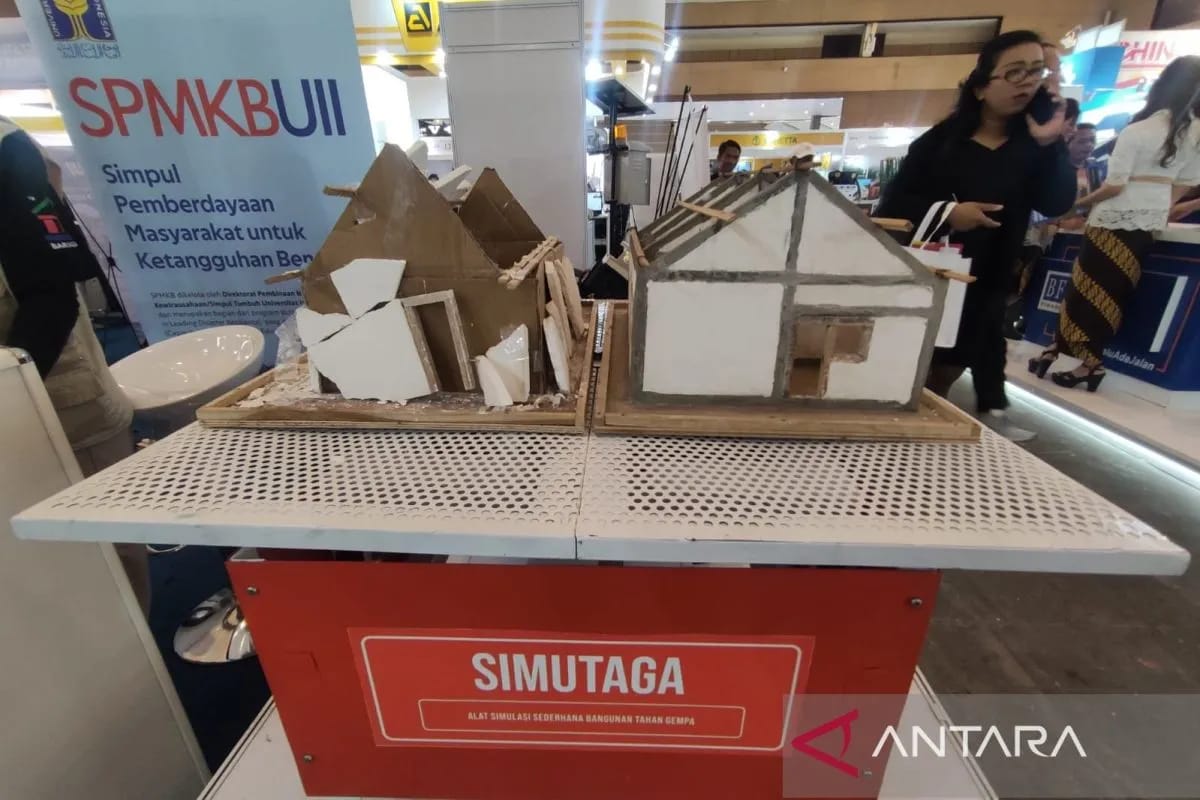inp.polri.go.idinp.polri.go.id - Jakarta. The National Board for Disaster Management (BNPB) offers a solution to help the low-income families in Indonesia to have earthquake resistant houses.
Head of Data, Information, and Communication Disaster Center of BNPB, Abdul Muhari says Indonesia is one of the countries prone to earthquakes and it requires solid and resistant buildings.
However, according to him, to meet the specifications of earthquake-resistant houses, consultation with construction experts is often required, which increases costs far beyond the capabilities of people in suburban areas. They usually spend no more than Rp50 million on building a house.
"So it can be concluded that there are two main requirements for building earthquake-resistant houses, namely, first, it must be cheap, and second, it must be able to be done by the general public without the involvement of construction experts," explained Kapus Abdul on Tuesday (9/24/2024).
In this case, one of the simple solutions proposed by BNPB to related parties at the central and regional levels or the community is by adding galvanized wire mesh (usually for chicken coops) as a wall covering for the house.
BNPB confirmed that the construction method has been tested in Japan and has proven effective for simple houses of type 3x6 meters. The cost of raw materials is affordable with domestic price standards estimated at only around IDR 1.5 million to IDR 2 million per house.
BNPB considers this solution to be very crucial because every time an earthquake occurs, the worse the house is damaged, the more fatalities are recorded. This can be proven at least through BNPB data for the last three years.
BNPB noted that in 2021 there were 37,422 damaged houses with 122 fatalities. Furthermore, in 2022, the number of damaged houses increased to 68,644 with 638 fatalities, while in 2023, 4,704 houses were recorded as damaged with 6 fatalities.
Kapus Abdul emphasized that through a preventive approach in building earthquake-resistant houses like this, it will not only reduce the number of victims in the future, but also save the rehabilitation-reconstruction budget, which has so far been spent by the central government through BNPB reaching IDR 15-60 million per house damaged by the disaster.
(ad/ndt/pr/nm)












